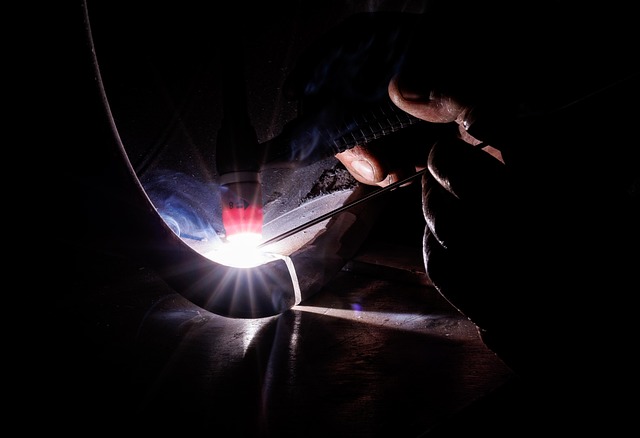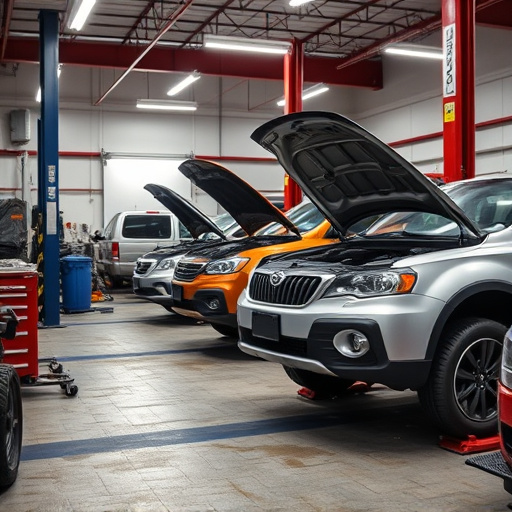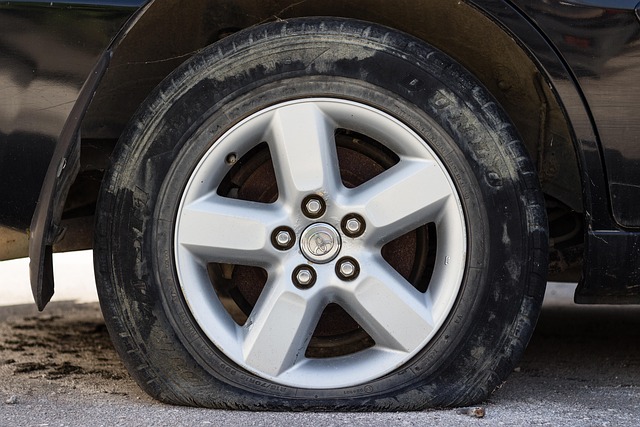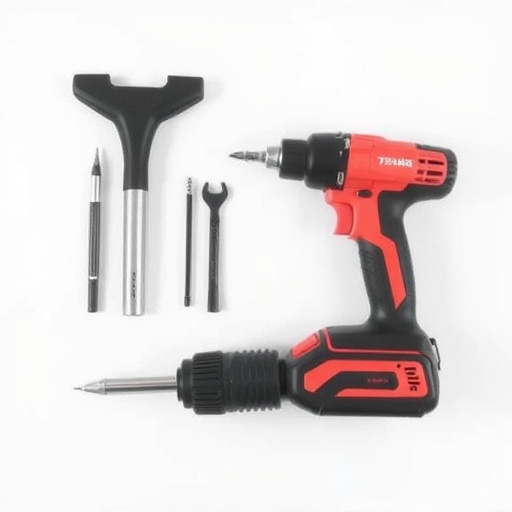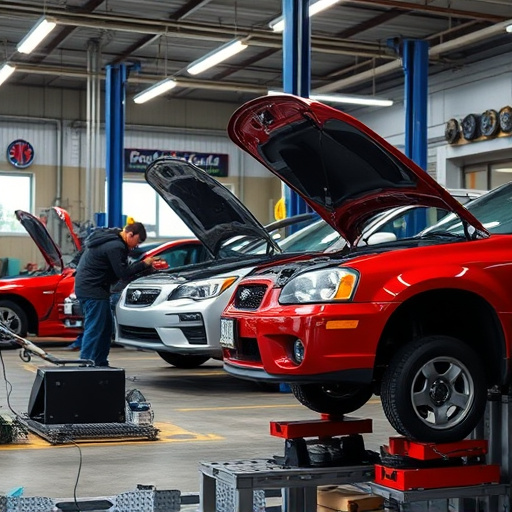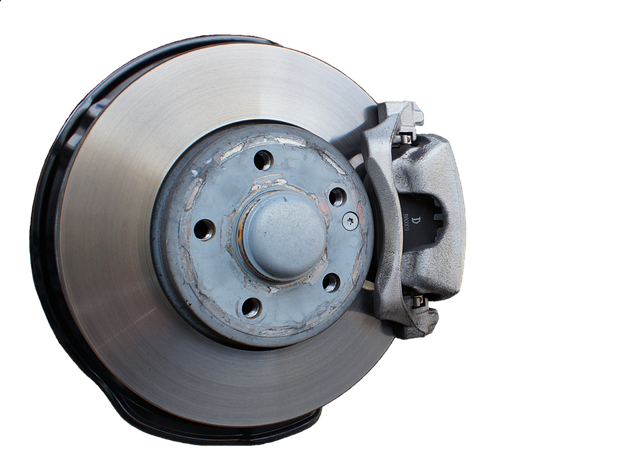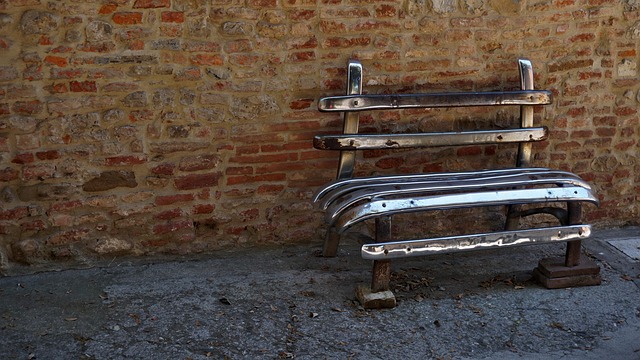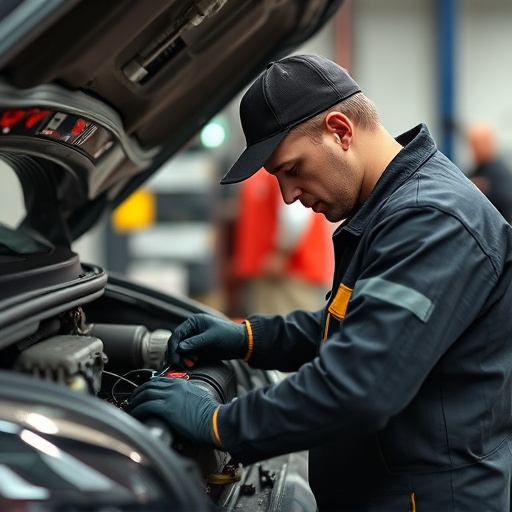Before scheduling bumper reinforcement repair, assess visible and underlying damage, compare shop reputations and estimates, understand warranty coverage for peace of mind, and select a trustworthy provider for top-condition bodywork.
Before scheduling a bumper reinforcement repair, several crucial questions should come to mind. First, assess the extent of the damage and your specific needs. Next, research different repair shops to gauge their reputation and understand the associated costs. Additionally, review warranty coverage and benefits to ensure you’re making an informed decision. By considering these factors, you’ll be better prepared for a successful bumper reinforcement repair.
- Assess Damage and Needs Before Repair
- Research Reputations and Costs Involved
- Understand Warranty Coverage and Benefits
Assess Damage and Needs Before Repair
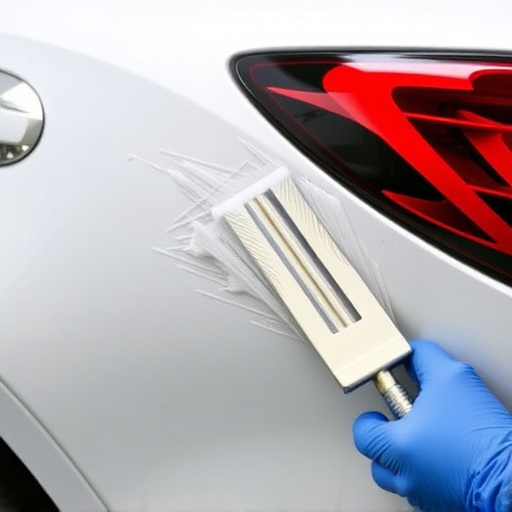
Before scheduling bumper reinforcement repair, it’s crucial to assess the damage and your specific needs. This step is often overlooked but plays a vital role in ensuring the effectiveness of the repair and preventing future issues. Start by inspecting the extent of the damage to the bumper and surrounding areas. Look for cracks, dents, or any signs of misalignment that might indicate a need for more than just a simple fix.
Consider also assessing the functionality of other components connected to the bumper reinforcement system, such as lights, sensors, or air bags (if applicable). A comprehensive evaluation by a professional mechanic or at a collision repair center can help identify hidden issues and provide insights into whether a complete bumper replacement or specific repairs are required. This step ensures you’re not just patching up the visible damage but also addressing potential safety concerns related to fender repair and auto glass repair, if needed.
Research Reputations and Costs Involved
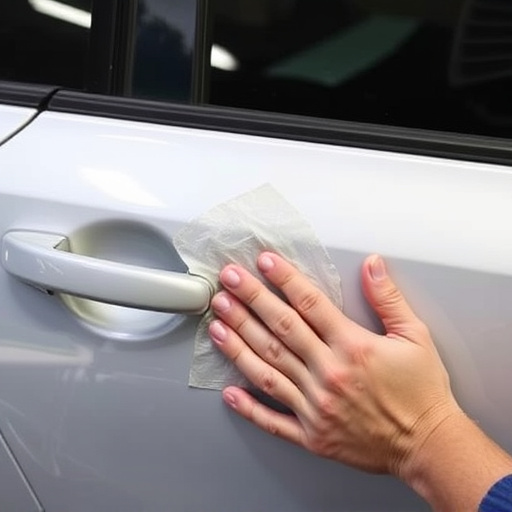
Before scheduling bumper reinforcement repair, it’s crucial to research the reputations and costs involved. Start by examining the shop’s history and customer reviews to gauge their expertise in bumper reinforcement repair. Look for a well-established auto collision center with experienced technicians who specialize in this type of work. This ensures you receive quality service tailored to your vehicle’s needs.
Additionally, get detailed estimates from different shops, breaking down the costs associated with the repair process. Compare prices for parts and labor, keeping an eye on any hidden fees. Remember that while cost is a significant factor, opting for a reputable shop offering a comprehensive warranty can save you money in the long run by ensuring superior craftsmanship and reduced future repairs, whether it’s for bumper reinforcement or other services like car dent repair or hail damage repair.
Understand Warranty Coverage and Benefits
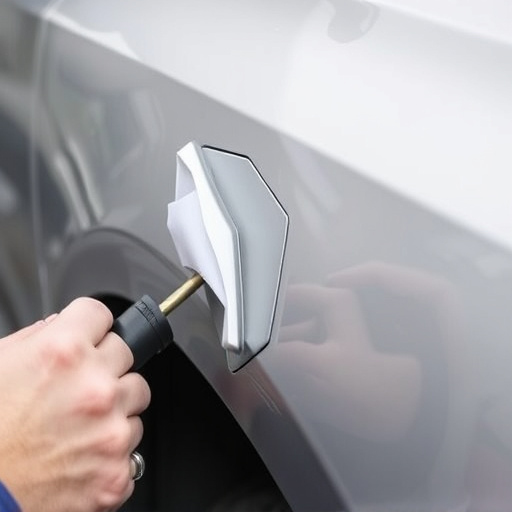
Before scheduling bumper reinforcement repair, it’s crucial to understand the warranty coverage and benefits that come with it. This is a critical step in ensuring you’re making an informed decision about your vehicle’s auto maintenance. Many reputable auto shops offer warranties on their repairs, which can provide peace of mind and protect you from unexpected costs down the line. These warranties often cover both parts and labor for a specified period, giving you assurance that your bumper reinforcement repair is durable and will stand the test of time.
Understanding warranty terms is key. Pay attention to what is covered and what isn’t. Some warranties might only apply if certain criteria are met, like proper installation or regular vehicle upkeep. Additionally, be clear on the duration of the warranty period. This varies depending on the shop and the complexity of the repair. Knowing these details helps you compare different offers for bumper reinforcement repair and select a trustworthy provider who offers value through their auto maintenance services, ensuring your vehicle’s bodywork is in top condition.
Before scheduling a bumper reinforcement repair, thorough consideration is essential. Assess the extent of damage, research reputable service providers, and understand warranty implications to ensure a cost-effective and reliable fix. By asking the right questions and evaluating these key factors, you can navigate the process confidently, leaving you with a restored vehicle and peace of mind.

